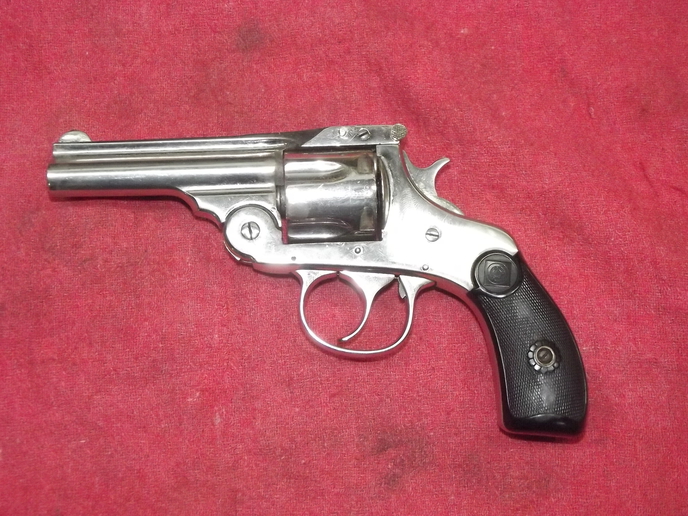So my neighbor gave me this H&R top break pocket revolver in .38 S&W that belongs to his SIL (used to be father's). The trigger return flat spring was fractured and they wanted to see if I could fix it. No parts available but Wolff Springs makes 'gunsmith' sets that has several that could be machined to fit. He had a full box of cartridges with it and wanted to use it as a home protection gun. While waiting for parts I did some extensive research on it and made an alarming find. It is called a 'H&R 38 S&W auto eject 4th variation' made between 1894 and 1896 meaning that according to BATF it is not even a 'firearm' (being built before 1898). This means that anyone can own, buy or sell it without any paperwork. The big issue is that H&R didn't start making handguns for use with smokeless powder until 1905 so the thing is pretty much useless unless you want to risk it exploding since it was built only for black powder.



